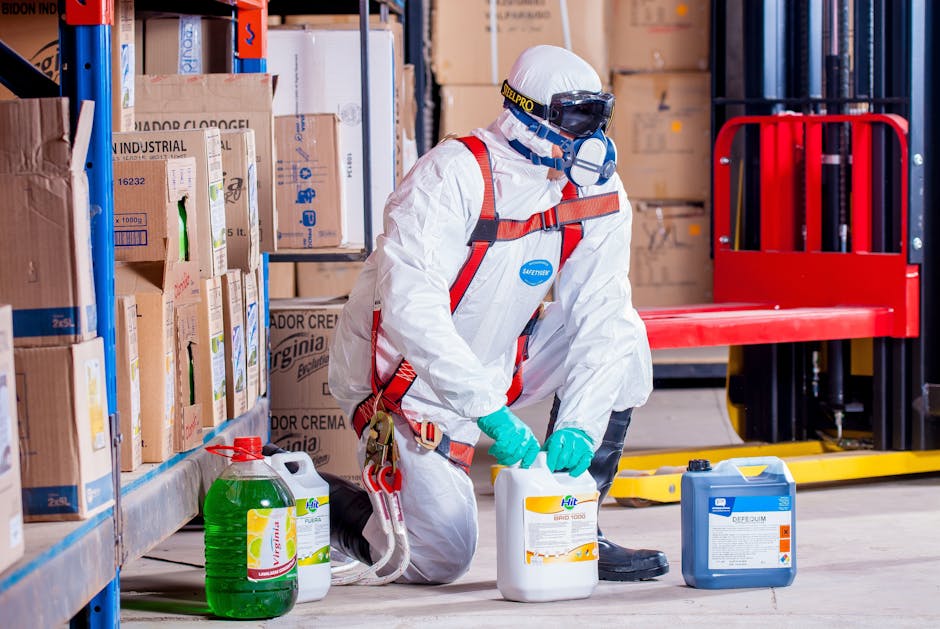Maine's Global Harmonized System (GHS) and HCS (Hazard Communication Standard)

The Globally Harmonized System for Classification and Labelling of Chemicals is a worldwide initiative that promotes the use of standard criteria for the classification and labelling of chemical products. This system requires that labels contain information about the health and safety risks associated with a chemical product. The system uses hazard statements, pictograms, and signal words to do this. The primary goal of the system is to improve the protection of human health.
The Globally Harmonized System is the system that replaces hazardous material classification schemes around the world. It aims to increase the consistency and quality of information for workers to safely handle, use and dispose chemical waste of hazardous materials. It also helps to promote a safer environment by providing workers with the knowledge they need to take precautionary measures when working with these substances. But despite its importance, it is not universally adopted yet. Here are some of the main differences between GHS and the HCS:
Globally Harmonized System: What is it? The Globally Harmonized System is a standard international system of chemical classification, labeling, and hazard communication. The United States is a founding member of the system, and is currently adopting it for its safety standards. The main purpose of this system is to improve the safety of workers by ensuring that information about a chemical's toxicity is readily available to the public.
The Globally Harmonized System for Hazard Communication is an international standard that was written to provide clear information about chemical hazards to workers. Companies in Maine must comply with the Globally Harmonized System by June 1, 2018. To comply with the new standard, companies must adopt the HCS-2012 format. It contains substantial changes from the GHS standard. You can follow GHS through social media or by receiving alerts via email. The Globally Harmonized System has become the standard for the classification and labeling of chemicals.
The GHS is the most comprehensive chemical classification and labeling system to date. The Globally Harmonized System has eliminated many nontariff barriers and significantly reduced time-consuming activities associated with complying with different classification systems. The EPA uses two pictograms for acute toxicity and a flame symbol for certain highly flammable pesticides. The Globally Harmonized System incorporates additional pictograms. And as a result, global trade is more convenient.
The GHS first edition was adopted in December 2002 and published in 2003. Since then, the GHS has been revised every two years. Improvements have been made as experience has been gained. The latest revised edition of the GHS is GHS Rev.9. This standard is binding on the regulated community once it is adopted. There are a variety of ways to implement the GHS. Here are some of the key guidelines:
If you probably want to get more enlightened on this topic, then click on this related post: https://nl.wikipedia.org/wiki/Globally_Harmonised_System_of_Classification_and_Labelling_of_Chemicals.
If you probably want to get more enlightened on this topic, then click on this related post: https://nl.wikipedia.org/wiki/Globally_Harmonised_System_of_Classification_and_Labelling_of_Chemicals.